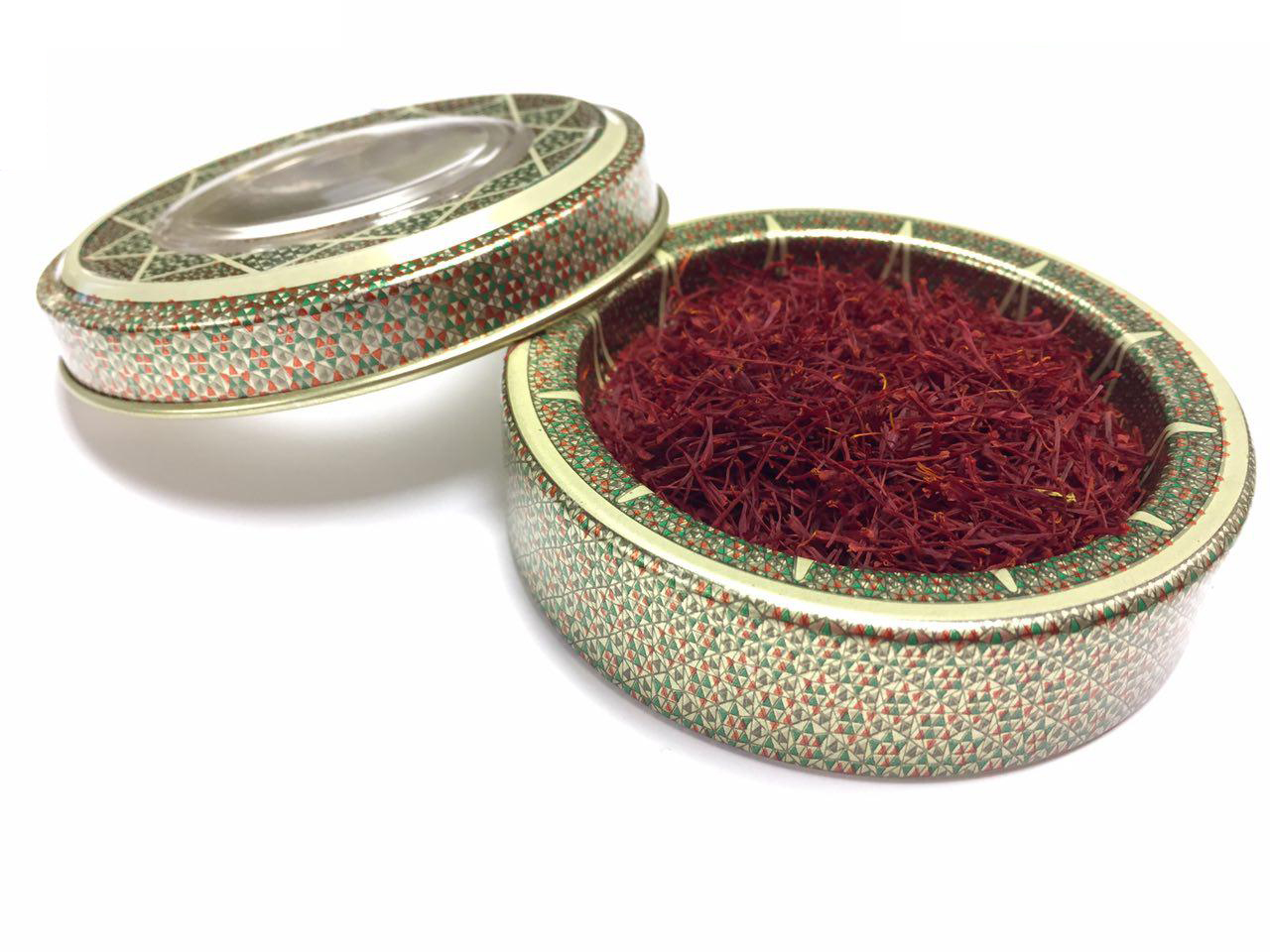Iran produces about 70 – 90% of the entire world production of saffron. Learn More about Iranian Saffron
The Crocus sativa saffron producing species of Iridaceous is thought by some to have originated in this region of Asia.
The Iranian saffron has a beautiful deep rich color, a full flavor, and is seen as second only to the saffron produced in the Kashmir region of India.

Can I export saffron from India?
What do you know about saffron in Iran?
To most of us, Iran has been a closed country for many years;
though it is an Asian country, with vast natural beauty and an equally illustrious early history. It had a religion that was really the mother of all the biblical religions, in that many aspects of the three
Religions are found in ancient Zoroastrianism.Pre-Persian Iran,
called Elam was at one point as large or larger than the Roman Empire. It stretched from Egypt, up to the Black Sea and well into India.?
When the Persian King Cyrus the Great wanted to take over neighboring Babylon, he was simply allowed to so, as he was seen as a just ruler. In fact he produced a Charter of the Rights of Nations, inscribed on a clay cylinder in cuneiform script and is now held at the British Museum.
About 200 years BC, an Islamite – later Parthian King developed the Silk Road, a trade link between the Mediterranean and China.
Saffron and other precious spices were carried, along with a host of other valuable goods on its route notably silk. The Elam Kingdom may have dated back as far as 6000 BC, giving ample time for the cultivation of saffron to spread to Iran; if indeed the cultivation of saffron was spread westward, as some have suggested.??
Iran which is now about 4% Arab was conquered by the Arabs invaders in 636, with the spread of Islam.
Subsequently, all of the areas which the Iranian kingdom controlled out towards India also became Islamic. With this came the development of the ‘Arab’ cuisine as we know it today.
Rice for instance, needs a monsoon climate, which is only found in Asia; saffron, needs a cool autumn harvest, but a relatively hot summer; seasonal variations which do not occur in the Arabian Peninsula.
TheArab/Jewishpeoples had Incense Route around 1500BC, which included the kingdom of Sheba; Sheba is thought to be where Yemen and Ethiopia are today, which became Jewish, as there was no Islam. ??????????
This region of Arabia was controlled by
women rulers for more than 1000 years, and ironically it was the ordinary women who could marry more than one man, with the husbands coming to live with her at her family’s house. When the Queen of Sheba, Marked or Belies visited King Solomon, she took gifts of saffron, and a host
Of other incenses and spices. Someone noted that Queen Marked was very wise, as she only stayed for tea at Solomon’s, but did not stay to become a part of his Harem! A son was born as a result of their union and later she and the child returned to Ethiopia.
As the Arabs progressed further into the Asian, conquering and colonizing, nation after nation, saffron became a regular part of the ‘Arab’ diet, and as they already had a presence in Europe, conquering Spain 70 years after conquering Iran, and 30 years prior to conquering Morocco and Algeria; saffron was introduced into the parts of Europe and Northern Africa; which were all previously parts of the Roman Empire. Learn More about Iranian Saffron
Although the Arab influence was significant in the spread of saffron into Europe and North Africa, Iran was the real source, and without the successful take over of the Iranian lands, the Arab cuisine might look quite different today.






